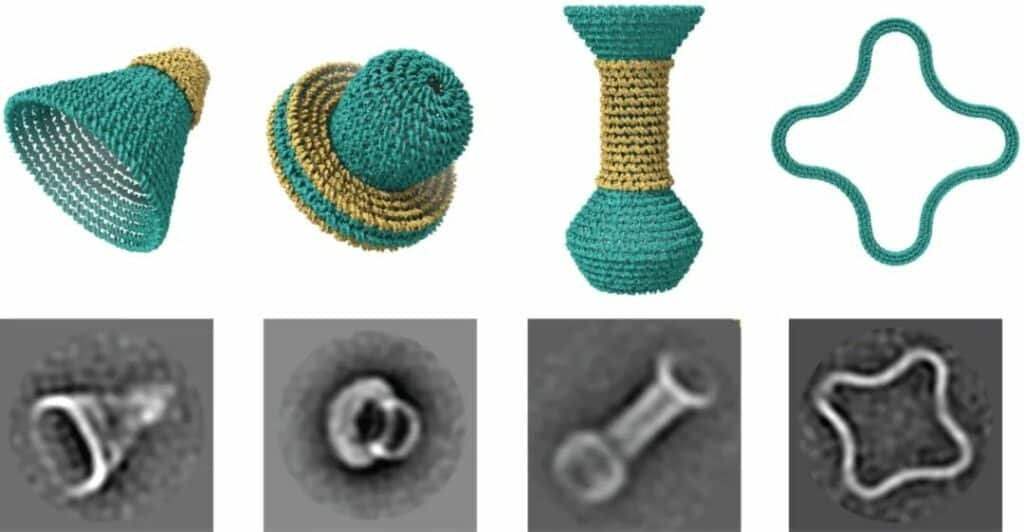
A recent study published in Science Advances has developed a new software called DNAxiS.
Users can use this software to draw different models.
The user can transform the model into a 3D structure made of DNA.
The researchers programmed the DNA strands to combine into different shapes based on the properties of base pairing in DNA.
The software works by coiling a long DNA double helix into concentric rings and stacking the different concentric rings on top of each other to form the outline of an object.
To make the structure more stable, the research team will also add additional layers of reinforcement.
The completed model is designed to have a diameter of no more than 0.05 microns, and a single needle tip can hold more than 50,000 of them.
This breaks through the previous limitations of DNA structure, making it more flexible and editable at will.
These 3D structures are expected to be used in the future for delivering drugs, medical imaging, and more, the researchers said.
